Every word you see now has its unified style and unique rhythm when combined. This is the font. Do you know how these fonts are formed and who are the authors behind them?
Today, come to popularize famous fonts and the masters behind them!
Calligrapher Fonts
Calligraphy is a traditional art unique to our country. For thousands of years, famous calligraphers have emerged in an endless stream, leaving us a precious calligraphy art heritage.
With the advancement of science and technology and the development of the Internet, the fonts of many famous calligraphers have been restored and expanded into electronic fonts through technical means. These exquisite fonts take the express train of information dissemination, break the barriers of time and space, let everyone enjoy the art of calligraphy fonts, and greatly enrich our production and living needs.
Fang Zheng Qi Ti Qi Gong


Qi Gong (1912-2005), who claimed to be "surnamed Qi Ming Gong", was named Yuan Bai, also known as Yuan Bo, and was named Yuanbei Jushi, a man from Beijing. The ninth grandson of Emperor Yongzheng. Famous contemporary Chinese calligraphers and painters, educators, classical philologists, connoisseurs, red scholars, poets, and masters of Chinese studies.
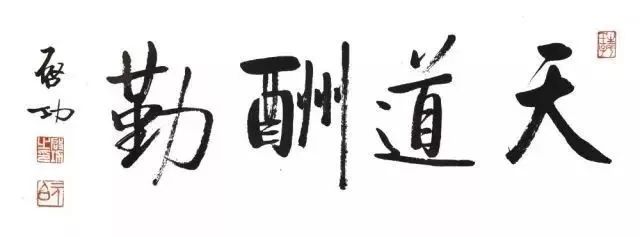
calligraphy works

computer fonts
When Founder Group launched the Founder Enlightenment, Qi Gong was invited to the site of the Type Model Department of Founder Group, watched the demonstration of the computer character creation process with great interest, put forward constructive opinions on computer character creation, and wrote for the Founder Type Library.

As a famous calligrapher, he praised the combination of traditional calligraphy art and modern computer technology, and even said three "good" words. Today, Fangzheng Qiti, which is based on it, is lively in stippling, clear in body, delicate in eyebrows, and generous in posture, reflecting the elegant and graceful calligraphy style of Qiti, bold and unrestrained, and has the characteristics of bright and generous.
Fang Zheng Shu Body Shu Tong

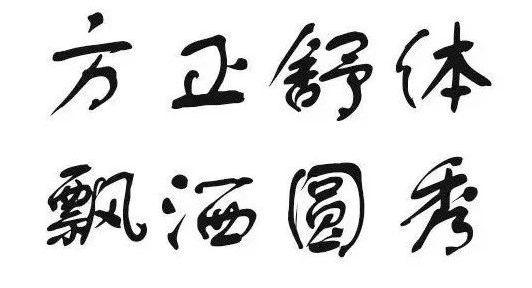
Shu Tong (1905-1998) was the inheritor and pioneer of Chinese calligraphy, the founder and first chairman of the Chinese Calligraphers Association, and later served as the second and third honorary chairman, and honorary chairman of the Chinese Painting and Calligraphy Research Association for the Elderly. Chairman Mao Zedong praised him as "a calligrapher of the Red Army and a pen in the party", and he is a contemporary calligrapher who is self-contained.

calligraphy works
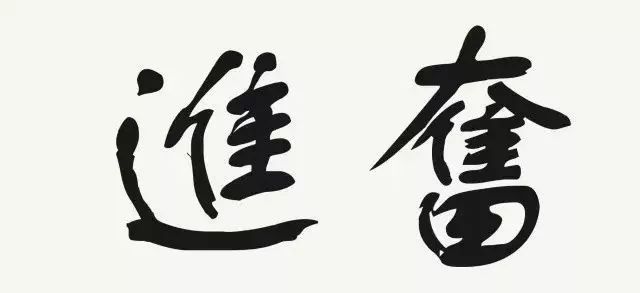
computer fonts
The Shu style is elegant and round, with a bow and a horse, steep and majestic, unrestrained and free, suddenly like a strong man like a cow, with muscles and bones emerging. Learning from the ancients without following the ancients, respecting the law and seeking new changes, this has formed "Shu Ti", also known as "seven and a half books", that is, Kai, Xing, Cao, Li, and Zhuan each take one point, and Yan and Liu each take one point. points, He Shaoji takes half points.
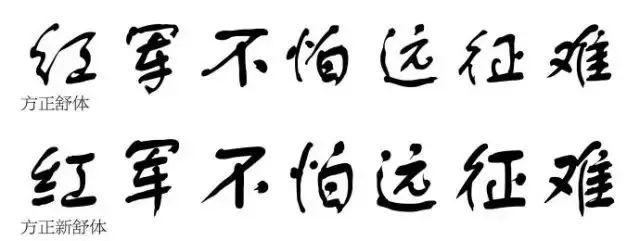
Mr. Shu Tong, who was in his eighties at the time, appointed his disciple, Mr. Sun Zhihao, a Shandong calligrapher, to write Fang Zheng Shu Ti. A few years later, Mr. Sun rewrote Fang Zheng Xin Shu Ti. Compared with Fangzheng Shuti, Fangzheng Xinshu's strokes are bolder, more vigorous and deep, and the simple and vigorous momentum is vividly displayed on the paper, and the structure and brushwork are more mature and natural.
Fang Zheng Hard Pen Regular Script/Fang Zheng Hard Pen Running Script Yan Ruimin

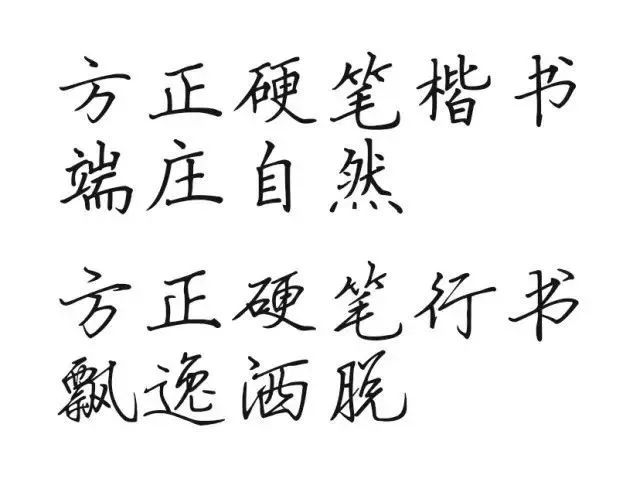
Yan Ruimin, born on January 13, 1957, deputy secretary-general of the Chinese Hard-tipped Pen Calligraphy Association and deputy director of the Art Review Committee, published by the People's Education Publishing House, compulsory education curriculum standard experimental textbook "Writing Pen Characters" primary school Chinese hard-tipped pen calligraphy textbook writing people.
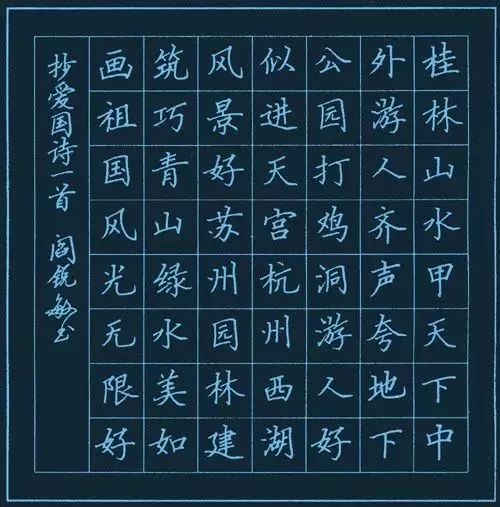
calligraphy works
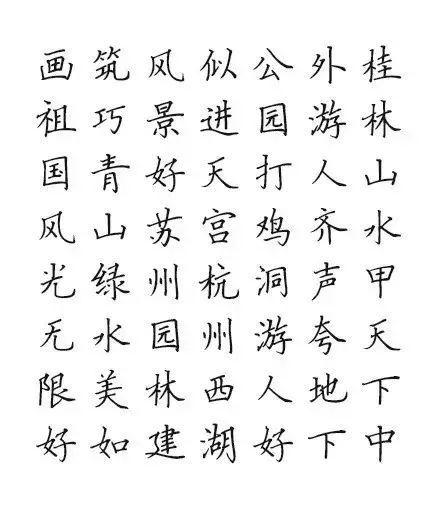
computer fonts
Fangzheng Hard Pen Regular Script can not only fully express the characteristics of hard pen calligraphy, but also contain the charm of brush calligraphy. It is dignified and unrestrained, dignified and natural. .
Fangzheng Hard Pen Running Script has an elegant and free style, smooth and natural strokes, strong and stretched, strong calligraphy charm, and strong practicability.
Hanyi Nangong style Zhang Yuzhao

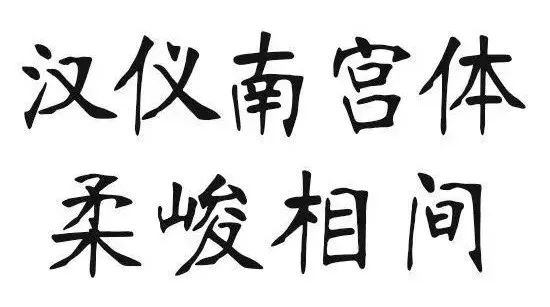
Zhang Yuzhao (1823-1894), an official in the late Qing Dynasty, an essayist, and a calligrapher, developed a unique approach in calligraphy, integrating the north stele and the south pasting in one furnace, and created the "Zhang style" that influenced the calligraphy world of the late Qing Dynasty for a hundred years. He was praised by Kang Youwei He is a calligrapher of the Qing Dynasty who is "incomparable for thousands of years".

inscription calligraphy
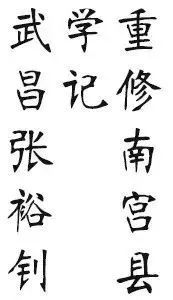
computer fonts
Nangong style (Nangong stele style) calligraphy was created by Zhang Yuzhao, a calligrapher in the late Qing Dynasty. It was named "Nangong style" because of the "Reconstruction of Nangong County Xueji Stele" written by Mr. Zhang Yuzhao himself. His calligraphy was as early as the late Qing Dynasty and the Republic of China. In the early days, it became famous at home and abroad. Nangong City's "Reconstruction of Nangong County Xueji Stele" is now well preserved.
The font structure of Nangong script is round inside and square outside, with circle inside the square, and the square and circle complement each other. Contained muscles and bones, introverted energy, ancient and solemn, quite aura. Every word appears to be both substantial and has a lingering rhyme, which can be called "soft and majestic, blending and melting". This is known as the "Nangong stele style" that is unique in the modern calligraphy world. Many of its rubbings were sold in bookstores in Beijing and Tianjin at that time. Since the late Qing Dynasty, "Nangong style" has been popular in the Chinese calligraphy world and influenced Japan, thus becoming popular at home and abroad.
Chinese New Wei Han Feiqing
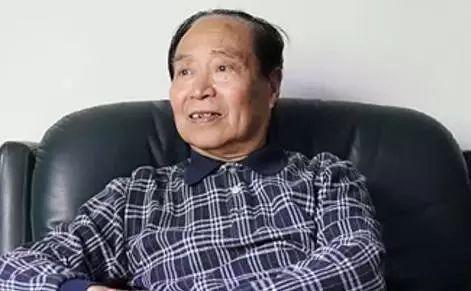

Han Feiqing, member of Shanghai Calligraphers Association. Born in 1924 on the banks of the West Lake in Hangzhou, Zhejiang Province, he was educated by his family at a young age, and he was born in calligraphy and calligraphy since he was a child. In 1950, he studied Xinwei Style under the tutelage of Chen Luyuan. In 1974, he took charge of writing Xinwei Style. It was highly praised and has been widely used up to now. Since the 1960s and 1970s, he has taught calligraphy in many workers' cultural palaces, clubs, institutions, and schools in Shanghai. Later, he taught calligraphy at the Veteran Cadre University in Changning District, Shanghai for many years.

calligraphy works

computer fonts
Shanghai calligrapher Han Feiqing, in 1974, stood out in the selection of many masters of Xinwei style, and undertook the writing of Xinwei style printing fonts. The complete set of commonly used characters in simplified Chinese has a total of 4050 characters, and it took 14 months to write until 1976. After the launch of this printing font, it has been highly praised by the society and has been widely used for decades, covering various media, urban and rural areas across the country, and Chinese communities around the world.

Chinese Xinwei font
Chinese script Ren Zheng
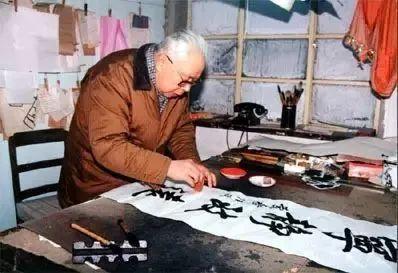
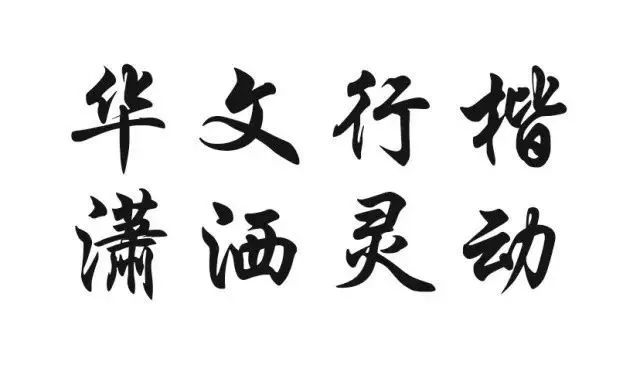
Ren Zheng (1916-1999), courtesy name Lanzhai, was born in Huangyan, Zhejiang. During his lifetime, he was a librarian of the Shanghai Institute of Literature and History, a member of the Chinese Calligraphers Association, an executive director of the Shanghai Calligraphers Association, an art consultant of Shanghai International Studies University, and an art consultant of the International Cultural Exchange College of Fudan University.
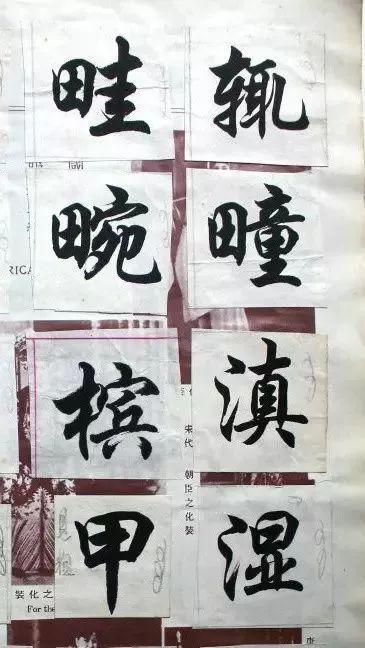
Font manuscript
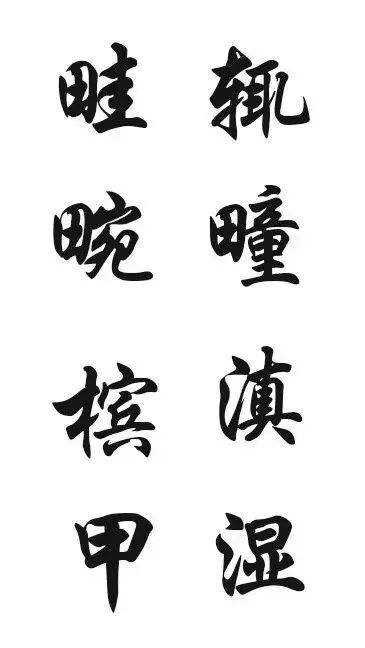
computer fonts
Since the 1970s, Shanghai Type Model No. 1 Factory was the first to invite calligraphers to write printing type models. Calligraphers Ren Zheng, Hu Wensui, Shan Xiaotian, Zhou Zhigao, Liu Xiaoqing, Zhang Xiaoming, etc. in Shanghai were invited to write their own cursive script (unified content) to vote and evaluate. In the end, Ren Zheng's running script, which is both popular and refined, won the most votes and was selected by the factory.
Chinese official script Liu Bingsen

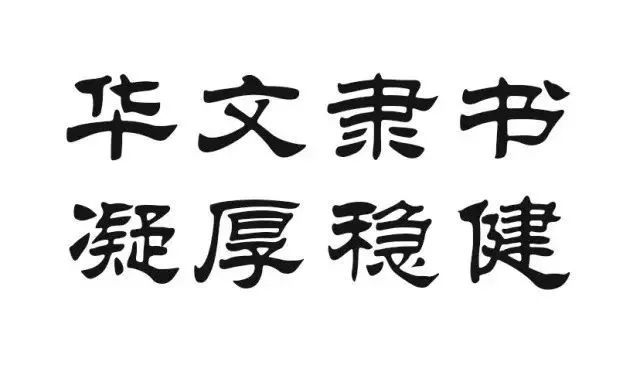
Liu Bingsen (1937-2005), named Shu'an, named Haicun, and named himself Mr. Liu Wu when he was young. In the summer of 1962, he graduated from the Department of Chinese Painting and Landscape, Department of Fine Arts, Beijing Academy of Arts. In the autumn of the same year, he went to Beijing Palace Museum to engage in the copying and research of ancient Dharma calligraphy and painting. He used to be a researcher at the Palace Museum in Beijing, vice-chairman of the Chinese Calligraphers Association, vice-chairman of the China Federation of Literary and Art Circles, member of the Standing Committee of the National Committee of the Chinese People's Political Consultative Conference, chairman of the Calligraphy Education Professional Committee of the Chinese Education Society, etc. Its Liu style official script has a wide influence.

calligraphy works
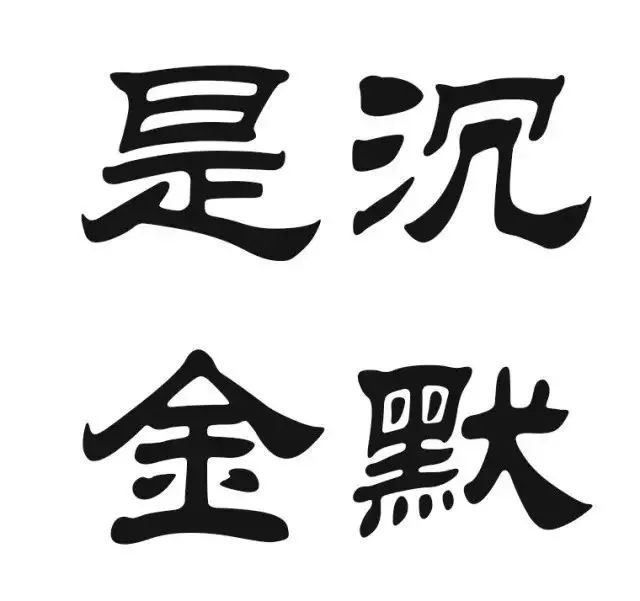
computer fonts
In 1979, Wan Qiying, who had served as the deputy director of the Shanghai Publishing Bureau, found Comrade Liu Bingsen, who was then the calligraphy and painting reproduction team of the Beijing Palace Museum, from the four characters "Mengxi Bi Tan" on the cover of a book, and asked him to He wrote a phototypeset model of official script that had never existed at that time, and wrote a total of more than 6,800 characters.

Chinese official script font
Fang Zheng Shou Jin Shu Song Huizong
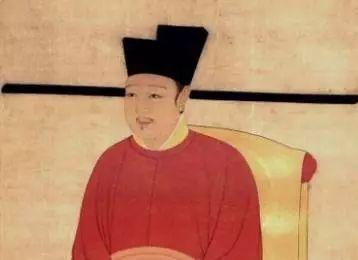
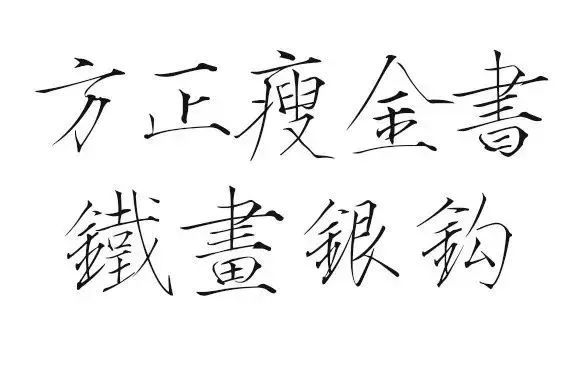
Song Huizong (1082-1135), the eighth emperor of the Song Dynasty. He created a kind of calligraphy font called "thin gold style" by later generations, and he loved painting flowers and birds, forming his own "court style". He is a rare artistic genius and all-rounder in ancient times. It was rated by later generations as "Song Huizong can do everything, but he can't be the ear of the king!"

calligraphy works
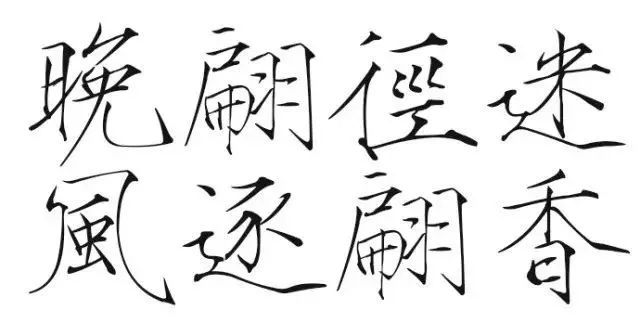
computer fonts
Founder Shoujin Calligraphy originated from Song Huizong's handwriting, which is characterized by straight strokes like arrows, strength like iron, horizontal strokes with hooks, vertical strokes with dots, vertical and horizontal structure, narrow and strong, and small prints Times and modern hard pen calligraphy fonts have the same effect.
Celebrities
The following are the fonts of famous people who have had a profound impact on future generations or made outstanding contributions to society in our country throughout the ages. Their calligraphic fonts also have high attainments, but other greater achievements are better known, so they are listed as celebrity fonts.
Hair body

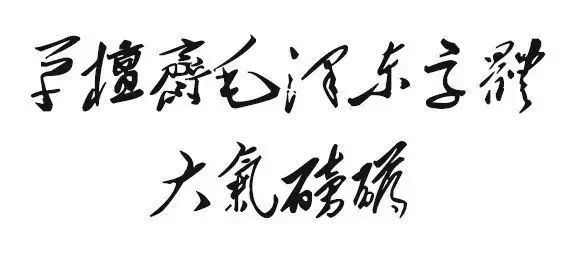
Mao Zedong (1893-1976), courtesy name Runzhi, pen name Ziren. A native of Xiangtan, Hunan.

"Qinyuanchun·Snow" in the collection of the Central Archives
The unique "Mao Ti" calligraphy art has been recognized by the world. In China, Mao Ti is the most familiar calligraphy, the most read and read, and the most published and distributed. The Mao Ti calligraphy art is left to the world. precious cultural heritage.
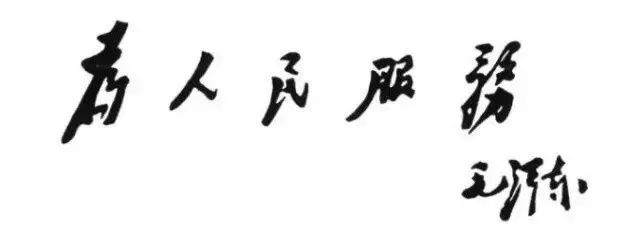
calligraphy works
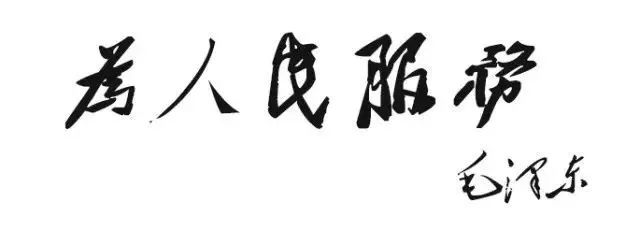
computer fonts
The developer of "Cao Tan Zhai Mao Ti" is Xiaofeng Xiaofeng, a calligrapher from Xuzhou, Jiangsu. He spent four months to complete this work.
Founder Xiaozhuan Li Si
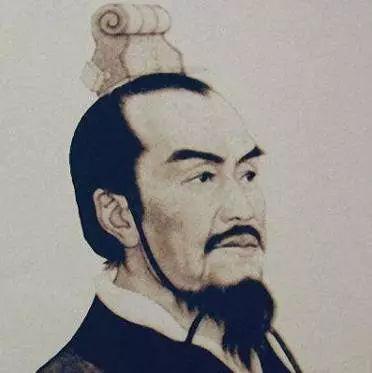
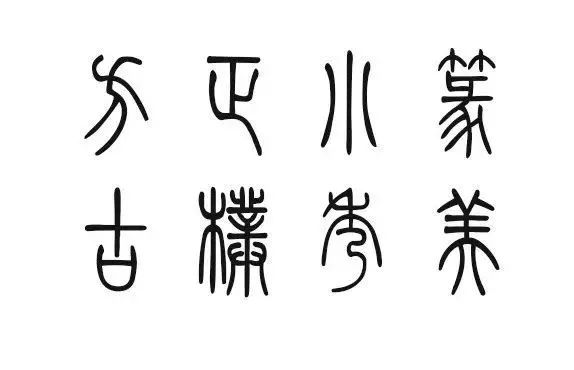
inscription calligraphy
Li Si (approximately 284 BC - 208 BC), a native of Shangcai in the state of Chu at the end of the Warring States period. A famous statesman, writer and calligrapher in the Qin Dynasty.
In 221 B.C., Qin Shihuang accepted Prime Minister Li Si's suggestion of "writing with the same script" and ordered that the ancient scripts left by the princes be banned, and all of them should use Qin seal as the unified script. Li Si was ordered by Qin Shihuang to make this standard typeface, which is Xiaozhuan.
Soon, Li Si adopted a calligraphy style created by a small official named Cheng Miao in the Qin Dynasty, which broke the curved and looped shape structure of seal script and formed a new calligraphy style - Lishu. Since then, official script has been used as the official script. It began in Qin Dynasty and flourished in Han Dynasty. It was gradually replaced by regular script in Wei and Jin Dynasties. However, as calligraphy arts, seal script and official script are deeply loved by later generations because of their unique style. The four major calligraphy styles of Chinese calligraphy are Zhen, Cao, Li, and Zhuan, and Li and Zhuan account for half of them. This is all due to Li Si.
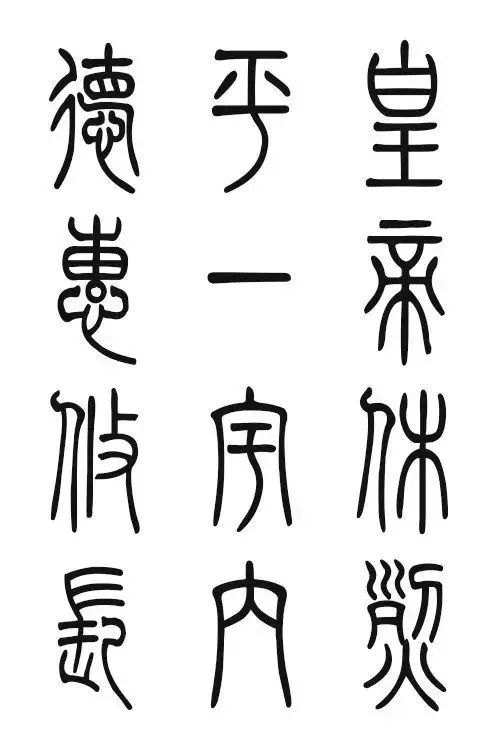
computer fonts
The inscription on the stele is a stone stele carved in Kuaiji. When Qin Shihuang visited Kuaiji (now Shaoxing, Zhejiang), in order to pay homage to Dayu and promote merit, he ordered Prime Minister Li Si to write an inscription in hand and engrave a stone to record his meritorious deeds.
The text in the picture reads "Emperor Xiulie, peace in the universe, virtue and prosperity". The inscriptions are neat and neat, and the structure is standardized, which is an important material for mastering the structure of Xiaozhuan. The original stone had been lost before the Tang Dynasty, and there was a reprinted version in the Yuan Dynasty. The extant one is a reprinted version based on the Yuanzhong reprinted version. After several reprints, it has lost the original charm and appearance. The whole standard has lost the vivid and lively style of Qin seal script.
Fangzheng Xiaozhuan was created by Mr. Zhang Yongming, a contemporary calligrapher. The calligraphy of the seal script is smooth, dignified and beautiful.
Founder Sports Kang Youwei

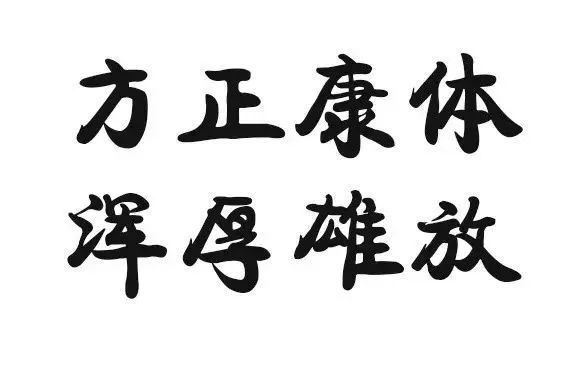
Kang Youwei (1858-1927), born in Nanhai County, Guangdong Province, was an important politician, thinker, and educator in the late Qing Dynasty in China, and a representative of bourgeois reformism.

calligraphy works
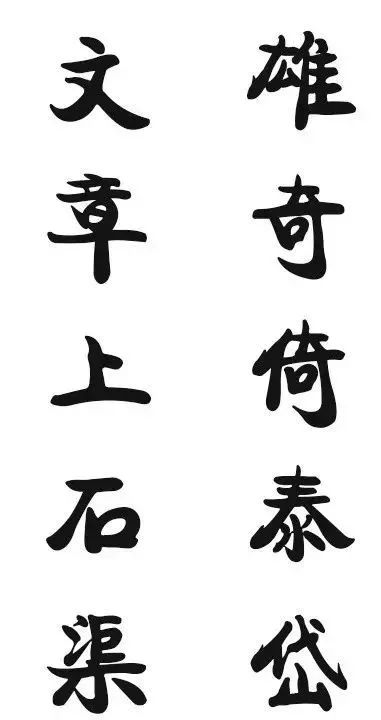
computer fonts
Kang Ti is Kang Youwei's unique calligraphy style, which is also called "Bro Ti" in academic circles. Fangzheng Kangti was created by Mr. Bei Weiyang, a member of the Chinese Calligraphers Association and the successor of "Kang Youwei Stele Calligraphy". Fangzheng Kangti is a printing font based on the traditional calligraphy art of ancient sages. Its style highlights the characteristics of "heavy, clumsy, and large".
Founder Huang Cao Huang Zhangren
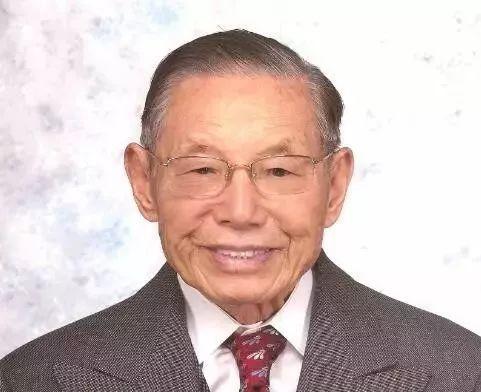

Huang Zhangren (1916-2012), advisor to the U.S. Congress, chairman of Thailand Sammy Industrial Co., Ltd. He is a world-renowned Chinese industrialist and a world-renowned Chinese philanthropist.

calligraphy works

computer fonts
Mr. Huang has struggled overseas for decades. He is not only enthusiastic about public welfare, donating to education, medical assistance, and benefiting his hometown, but also because he feels the pain of many young overseas Chinese who do not know Chinese characters or Chinese. I have studied my calligraphy experience throughout my life, and wrote a set of "Yellow Grass" style that is easy to read, write, and use, with coexistence of simplified and traditional characters, so as to encourage overseas Chinese youth to inherit and learn the traditional culture of the Chinese nation.
After several twists and turns, Mr. Huang found Founder of Peking University, and received the full support of Founder. In just a few months, the "Yellow Grass" font on the paper became the "Yellow Grass" character library in the computer. Compared with common printing fonts, the effect of using yellow grass is also quite different. The typesetting words of "Yellow Grass" are natural and peaceful, just like letters from family members, eloquently spoken, like narration and song.
Star font articles
Introduced here are the fonts of contemporary famous stars. Stars in the show business circle are talented and attractive, not only active on the stage and in front of the TV screen, but also occupy an important part of the cultural industry.
Celebrities are very popular and have many fans, and good handwriting is a plus for stars. The font company cooperates with celebrities with unique handwriting styles to develop handwritten fonts, and deeply explores the commercial value of fonts. First, it increases the fan stickiness of the stars, and second, it expands the influence of the font company, killing two birds with one stone.
Fang Zheng Jinglei SimplifiedXu Jinglei

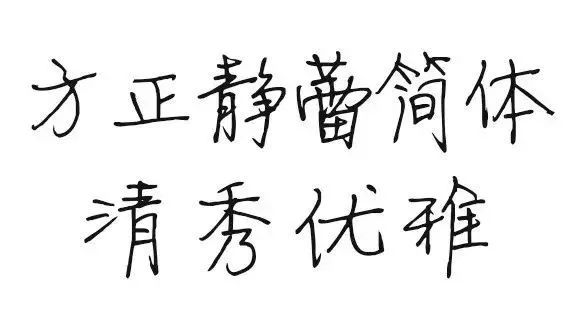
Xu Jinglei, born on April 16, 1974 in Chaoyang District, Beijing, is an actor, director and teacher. Graduated from the Acting Department of Beijing Film Academy. In 2004, he won the Best Director Award and the Silver Shell Award at the San Sebastian International Film Festival for his work "A Letter from an Unknown Woman". On July 20, 2010, the fourth film "Du Lala's Promotion" was directed, and won a box office of 100 million in mainland China, becoming the first female director in mainland China with a box office of over 100 million.

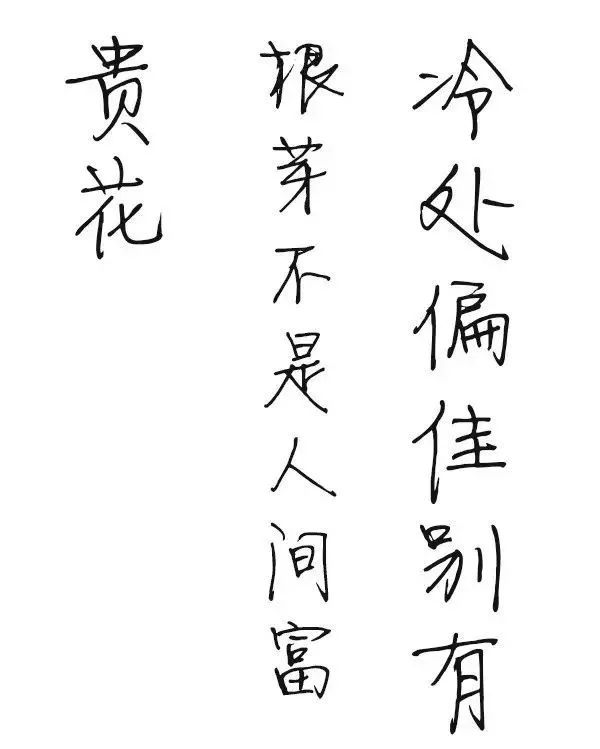
On April 27, 2007, Founder Electronics and Xu Jinglei released its personal calligraphy computer font product, which was named "Founder Jinglei Simplified" and was called by Founder as the first real personal calligraphy computer font product in my country. Claims that the "computer font" will enter the era of personalization.
According to the GB2312 national standard, 6763 Chinese characters, 682 punctuation marks, and 94 ASCII characters including English letters and numbers are written on A4 paper with more than 100 1.2 cm square grids. The font is delicate, powerful, clear, elegant and calm, which is pleasing to the eye. Words are like a person, a heart is as simple as a person, and a person is as light as a chrysanthemum. Suitable for writing letters, reports, articles, etc.
Articles are uploaded by users and are for non-commercial browsing only. Posted by: Lomu, please indicate the source: https://www.daogebangong.com/en/articles/detail/It%20turns%20out%20that%20the%20computer%20fonts%20we%20are%20familiar%20with%20are%20written%20by%20them.html

 支付宝扫一扫
支付宝扫一扫 
评论列表(196条)
测试